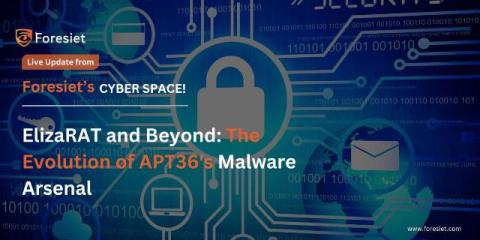Autumn 2024 Product Releases: What's New at Astra Security
As organizations grow and adopt cloud-native technologies, securing digital infrastructure at scale has become increasingly complex. According to the Cloud Security Alliance, 73% of organizations struggle to secure business-critical cloud applications due to misconfigurations and limited risk visibility. Ransomware alone can cost companies millions, and with the rise in cyber threats, even cyber insurance may not fully protect them from repeated attacks.










